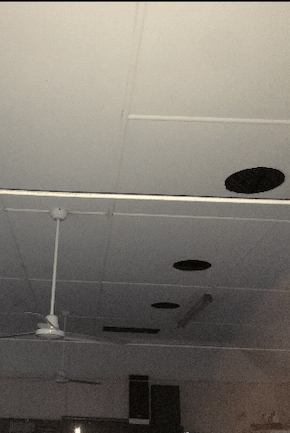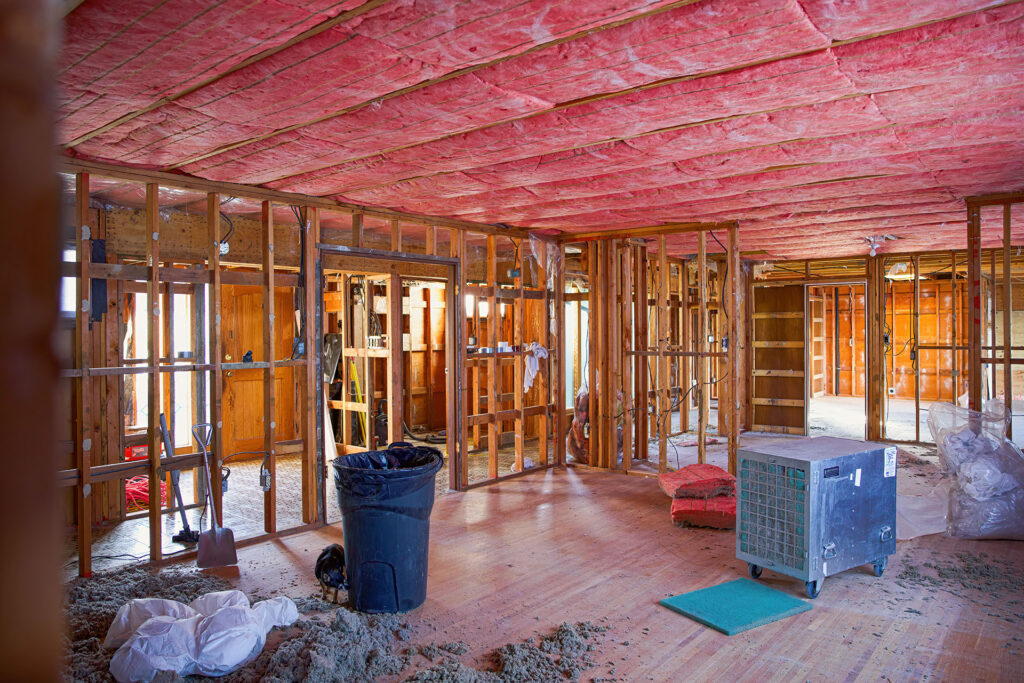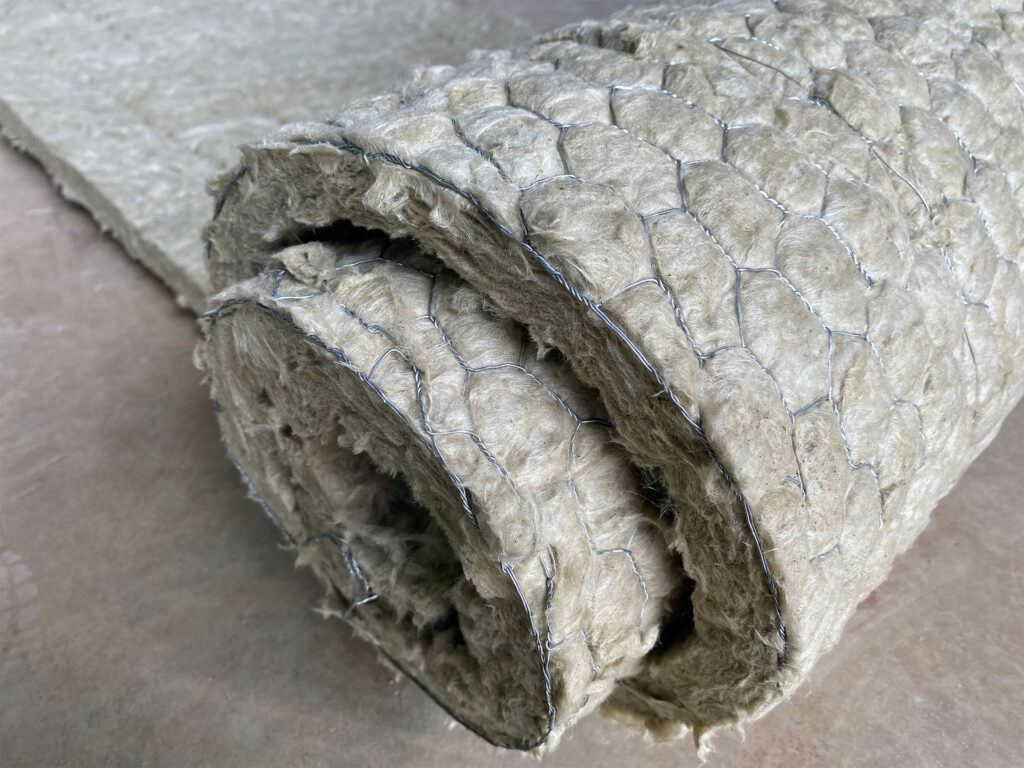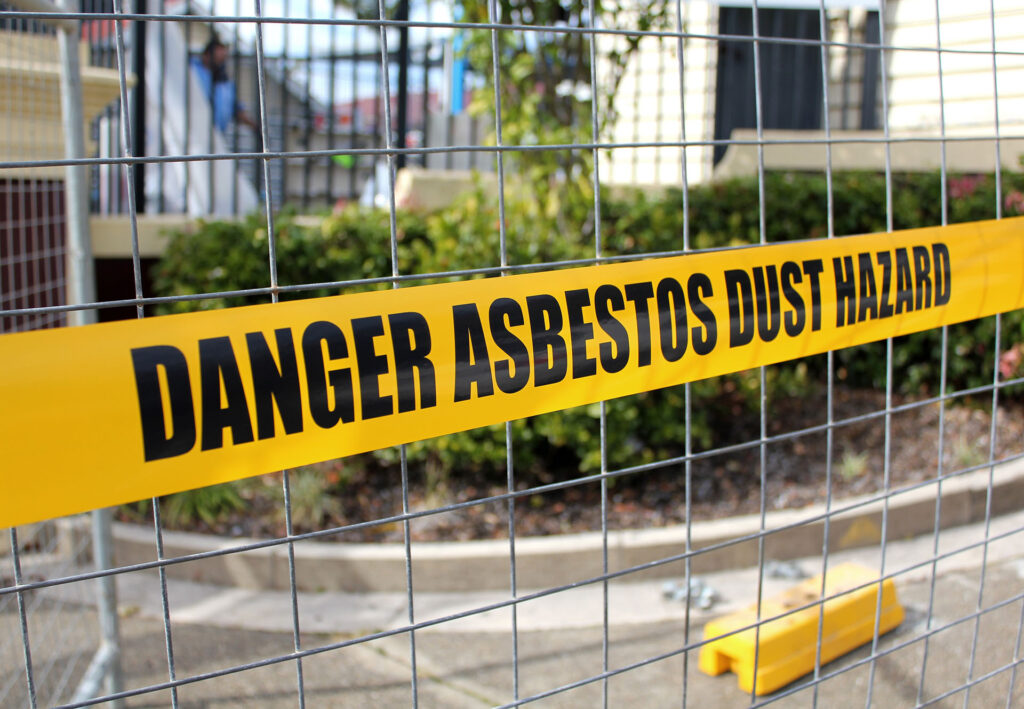Asbestos was one of the most popular materials that were used in the home and construction industry. In fact, it had been hailed as a revolutionary material that was fir-retardant, durable, and affordable. The thermal and insulation capabilities of asbestos made it a hot favourite in homes that were constructed between the 1940s and 1980s.
We all know how we are living in an area that is characterized by social media and DIY renovation projects. Homeowners are taking help from influencers online and tearing up their homes. Whether it is removing an old pipe or getting done with your old ceiling, you never know when you will come into contact with asbestos.
In this resource article, we will look at some comprehensive signs of asbestos material in your house. We will shed light on how you can identify asbestos and the various steps that need to be followed in order to remove the asbestos in a safe and secure manner from your home and property.
Asbestos and Health Hazards: What you should know
We mentioned that homes that were constructed prior to 1980 heavily relied on asbestos as it is a durable, affordable, and fire-resistant element. This means that it was used in insulation, plumbing, ceiling tiles, floors, walls, paint, adhesives, etc.
Scientists have been able to establish a direct relationship between inhaling think asbestos fibres and mesothelioma, along with lung cancer. It has been found that the fibres, once they are inhaled, settle down on the inner linings of the lungs and stomach.
Once this happens, it leads to the formation of tumours in the lungs, stomach, and even the heart. According to the American Cancer Society ACS, any asbestos-borne disease typically starts showing symptoms after fifteen years of exposure to asbestos.
The following are some of the serious illnesses that you can get from asbestos exposure-
- Cancer in the Larynx
- Ovarian Cancer
- Fibrosis in the Lungs
- Mesothelioma
- Lung Cancer
- Cancer in the gastrointestinal tract
- Scarring of the lining of the lungs
Asbestos in itself is not dangerous. It is only when it gets corroded or disturbed are the fibres released into the environment. A lot of reasons, like scraping, drying, rains, hail, or windy conditions, can break down asbestos fibres and lead to their dissipation in the environment.
Identifying the Presence of Asbestos in Your House: 5 Things to look for
In this section, we are going to help homeowners with some telltale signs of the presence of asbestos in their homes.
Even when asbestos might be present in your house, it can be difficult to detect with the naked eye. Asbestos fibres can come across as blue, grey, white, green, and even blue. You can easily mistake them for something else.
The following are some signs that homeowners can take help from to identify the presence of asbestos in their homes-
- Firstly, if your home was constructed between 1940 and 1980, chances are that the construction relied heavily on the use of asbestos. You need to be careful about the time of construction. Since using asbestos was very much in vogue during that decade.
- Secondly, if your home has a certain type of insulation that is known as vermiculite insulation, then you can confirm that asbestos was used in its construction. This was a graded form of insulation that became famous for its lightweight construction.
- Thirdly, check whether your home comes with vinyl flooring that has been laid between the 1950s and 1980s. If a millboard was installed in the house, you could be pretty certain that asbestos was in the mix of the construction process.
- Fourthly, corrugated roofing has been found by experts to contain asbestos. This means that if you have inherited an old building with that beautiful corrugated roofing, then it would be best that you get them replaced as soon as possible.
- Fifthly, in homes where sheets of cement have been used to create walls, asbestos was used as a binding element that would lend toughness and something that would help bind the cement. The same goes for old cement water tanks.
If you are able to identify any of the signs mentioned above, it would be best that you do not disturb them on your own at any cost. In other words, once you have identified the presence of asbestos, you need to get in touch with the experts to help in the removal process.
Asbestos Testing in Your House: What you should expect
To be honest, many homeowners might never get their homes tested for asbestos in their lifetime. However, if you are conscious about your health and want the best for your family, it would be in your best interest to get your home tested by experts offering asbestos removal services on the Gold Coast.
The testing can take anywhere between a few hours to a few days depending on the size of your house. Here are a few things that the experts would be doing as far as testing for asbestos in the home is concerned.
- The first thing that experts are likely to do is shut off the heating and cooling systems. Cutting off the ventilation prevents the asbestos fibres from circulating in the air.
- The entire floor would be covered to ensure that all the fibres fall on cover surfaces which can then be easily removed and disposed of outside the house.
- Experts will then proceed to cover the material that has asbestos with water and soap. This helps in making the fibres heavy and reduces their ability to be airborne.
- Materials are carefully extracted and placed in zip lock packages that are then sent for testing in laboratories.
- The contaminated area is cleaned thoroughly using a vacuum with a HEPA filter. This ensures that the environment is safe and clean from any asbestos fibres.
Homeowners should know that the total costs of checking your home for asbestos can come from anywhere between $250 to $800. Ultimately it depends on the size of your home and the areas that have asbestos contamination.
The Final Word
The Environmental Protection Agency or EPA warns individual homeowners against taking things into their own hands. Professionals that carry out these tests are trained and given workshops to help them handle and remove asbestos from sites. It is best that you leave the job to professionals. If you have any other questions regarding testing your home for asbestos, please let us know in the comments section below. We will be more than happy to help you.




